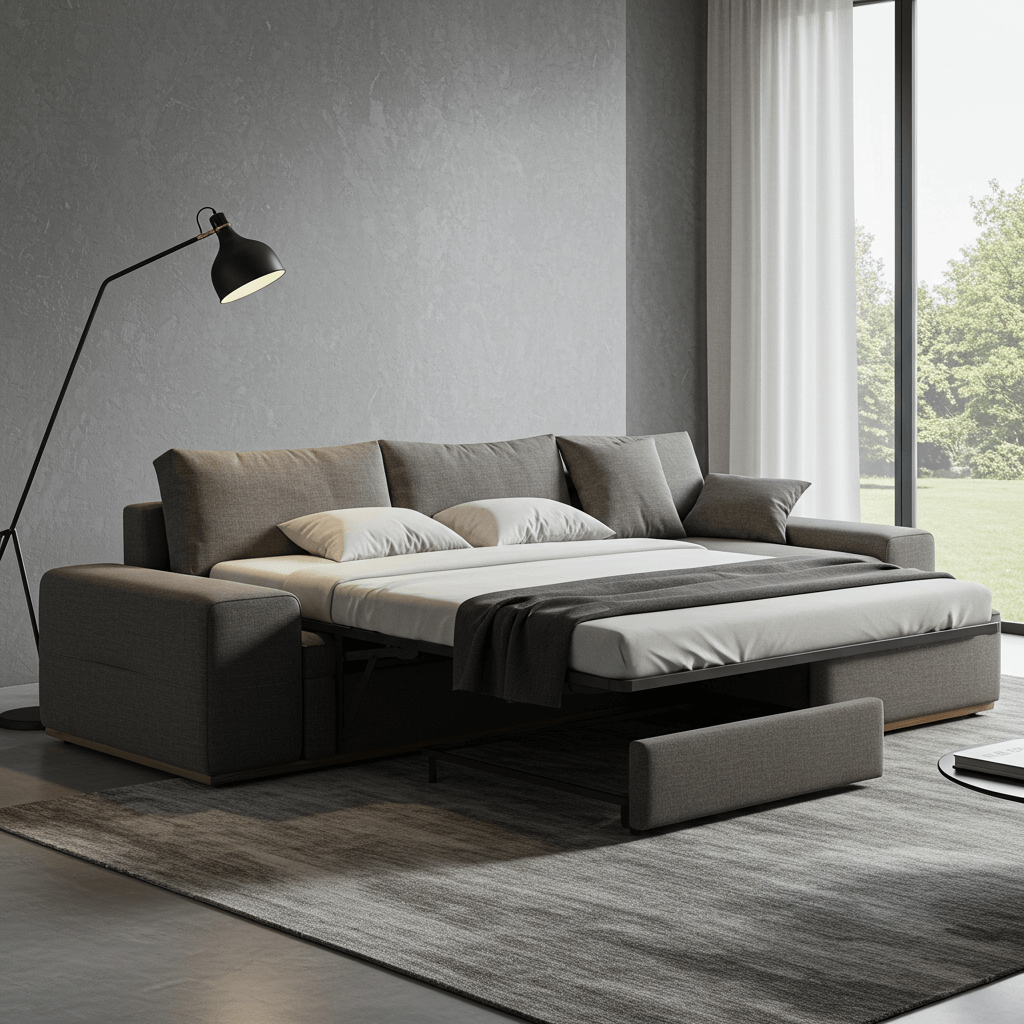In the twenty-first century, modern living goes beyond mere aesthetic appeal. It’s about crafting a harmonious environment that reflects our values, maximizes comfort, and leverages technology to simplify daily routines. From minimalist design principles to smart home integration and eco-friendly materials, the modern living approach balances style, functionality, and sustainability.
1. Defining Minimalist Design Principles
Minimalist design forms the foundation of modern living by focusing on simplicity, clean lines, and a neutral color palette. The key is to remove non-essential elements, creating open spaces that feel calm and uncluttered. A few guiding principles include:
- Open layouts that encourage fluid movement and natural light flow
- Monochromatic or subtle color schemes enhanced by occasional accent hues
- High-quality materials like glass, steel, and natural wood to lend texture and warmth
- Streamlined furniture with simple silhouettes and hidden storage solutions
2. Smart Home Integration for Effortless Living

Smart home technology elevates modern living by automating tasks, increasing comfort, and boosting energy efficiency. Whether you’re a tech enthusiast or a busy professional, integrating intelligent systems can transform everyday routines. Consider these smart home components:
- Lighting Controls: Automated dimmers, color-changing bulbs, and motion-sensor fixtures save energy and set the perfect mood.
- Climate Management: Smart thermostats learn your schedule to optimize heating and cooling, reducing utility bills.
- Voice Assistants: Devices like Amazon Alexa or Google Home centralize control over lights, music, and security.
- Home Security: Integrated cameras, doorbell cameras, and smart locks enhance safety while allowing remote monitoring.
- Connected Appliances: Smart refrigerators, washers, and ovens send status alerts and can be managed via smartphone apps.
3. Sustainable Materials and Eco-Friendly Practices
Sustainability is a cornerstone of modern living. By choosing eco-friendly materials and reducing waste, you create a healthier home and contribute to environmental preservation. Key sustainable practices include:
- Reclaimed or FSC-Certified Wood: Furniture and flooring made from responsibly sourced or recycled wood reduce deforestation.
- Low-VOC Paints and Finishes: Volatile organic compound–free materials improve indoor air quality.
- Natural Textiles: Organic cotton, hemp, or linen upholstery and rugs are biodegradable and durable.
- Energy-Efficient Windows: Double- or triple-glazed windows minimize heat transfer and reduce HVAC demands.
- LED Lighting: Long-lasting, low-energy bulbs cut electricity usage significantly.
4. Multifunctional Furniture to Maximize Space

In modern homes, space is often at a premium. Multifunctional furniture ensures that every square foot is used efficiently without sacrificing style. Explore these versatile pieces:
- Sofa Beds and Daybeds: Ideal for guest rooms or home offices that double as living spaces.
- Extendable Dining Tables: Compact for daily use, expandable for entertaining friends and family.
- Storage Ottomans and Benches: Hidden compartments for blankets, board games, or kids’ toys.
- Wall-Mounted Desks: Fold-down or floating workstations optimize small home office areas.
- Modular Shelving Systems: Reconfigurable layouts adapt to changing storage needs or décor styles.
5. Crafting a Cohesive Color Palette
A harmonious color palette unifies your modern living space. Neutral tones like white, gray, and beige provide a calm backdrop, while accent colors inject personality. Tips for selecting the right hues:
- Start with Neutrals: Light walls and floors reflect light and make rooms feel larger.
- Add Depth with Midtones: Incorporate softer grays, taupes, or muted pastels in textiles and art.
- Introduce Bold Accents: Accent pillows, rugs, or a statement wall in navy, emerald, or terracotta add drama.
- Balance Warm and Cool Tones: Pair warm wooden elements with cool metals for visual interest.
6. Incorporating Biophilic Design for Well-Being
Biophilic design connects occupants with nature, boosting mood and productivity. Simple strategies to bring the outdoors inside:
- Indoor Plants: Low-maintenance varieties like pothos, snake plants, or ZZ plants clean air and add greenery.
- Natural Light: Maximize window exposure, use sheer curtains, and position mirrors to reflect daylight.
- Water Features: Small tabletop fountains create soothing sounds and humidity balance.
- Natural Materials: Stone countertops, wooden beams, and jute rugs reinforce an organic aesthetic.
7. Creating Zones for Function and Flow
Modern open-plan layouts benefit from clearly defined zones. Use furniture arrangement, rugs, and lighting to designate areas without walls. Strategies include:
- Area Rugs: Anchor seating or dining zones with rugs that delineate boundaries.
- Lighting Layers: Overhead pendants, floor lamps, and task lights focus on each zone’s needs.
- Furniture as Dividers: Back-to-back sofas or shelving units subtly separate spaces.
- Color Accents: Differentiate zones with accent walls or painted trim.
8. Personalizing Your Space with Art and Accessories
While minimalism favors fewer objects, carefully chosen art and accessories infuse character. Consider these tips:
- Gallery Walls: Curate a collection of framed prints, photographs, or mirrors in uniform frames.
- Sculptural Pieces: A statement vase or metal sculpture can become a focal point.
- Textured Throws and Pillows: Add coziness with knits, faux fur, or artisanal weavings.
- Books and Decorative Trays: Stack coffee table books and trays to display small treasures.
9. Prioritizing Wellness Spaces
Modern living emphasizes holistic well-being. Designate areas for relaxation, meditation, or light exercise. Ideas include:
- Reading Nook: A comfy armchair, floor lamp, and small bookshelf for quiet escape.
- Meditation Corner: Floor cushions, soft lighting, and calming décor support mindfulness.
- Home Gym: Compact, multi-use fitness equipment stored in a dedicated closet.
- Spa Bathroom: Rainfall showerheads, heated towel racks, and natural stone accents.
Conclusion: Your Path to a Modern, Balanced Home
Modern living blends minimalist design, smart technology, sustainable materials, and well-being principles. By adopting these strategies—clean layouts, multifunctional furniture, energy-efficient systems, and biophilic touches—you create a home that’s not only stylish but also functional and eco-conscious. Start small by decluttering a single room or installing a smart thermostat, then gradually transform each space to reflect the modern living ethos. Embrace innovation, sustainability, and serenity in your home today!
Modern minimalist living is about simplicity without sacrifice — where clean design meets intelligent technology.








